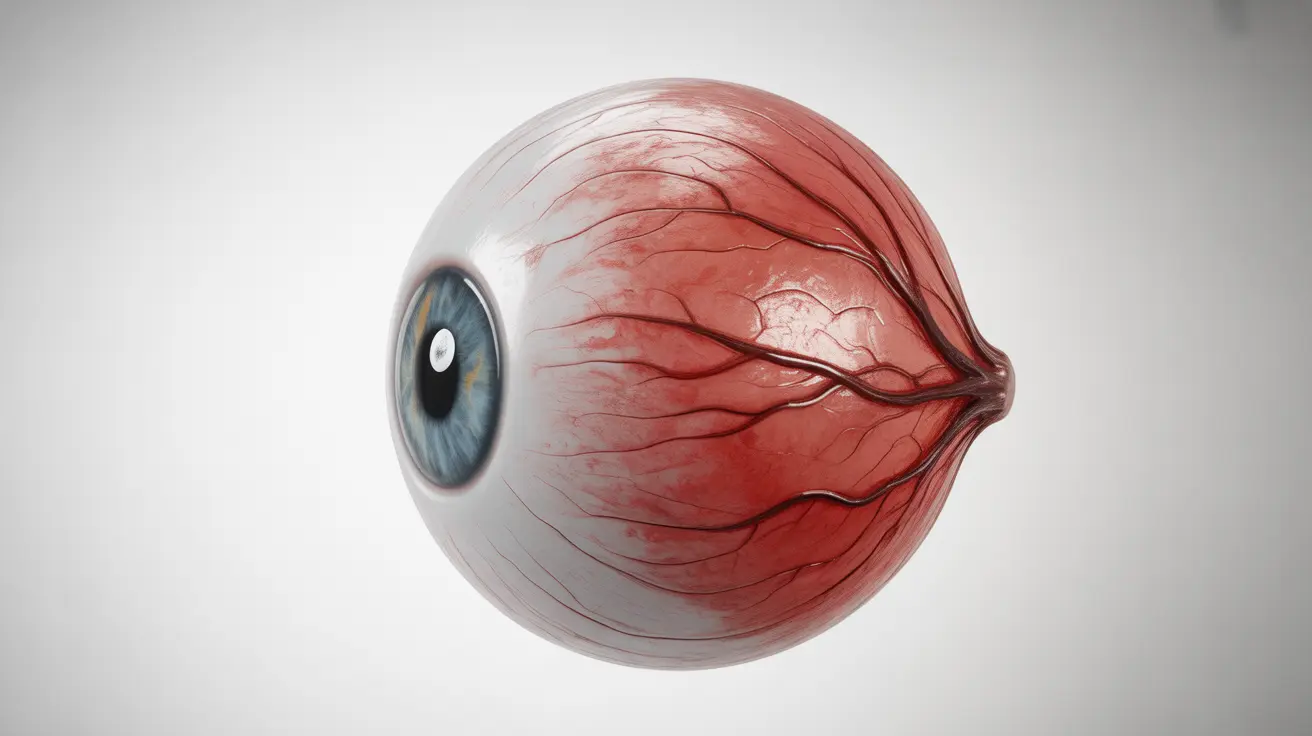Cocaine use can have serious and potentially devastating effects on eye health, both immediately after use and in the long term. Understanding these effects is crucial for recognizing potential drug use and preventing permanent vision damage. This article explores how cocaine impacts vision, eye appearance, and overall ocular health.
Immediate Effects on Eye Appearance and Vision
When someone uses cocaine, several noticeable changes occur in their eyes almost immediately. The most prominent signs include severely dilated pupils and bloodshot eyes, commonly known as "coke eyes." These changes happen because cocaine interferes with the body's natural pupil response mechanisms and affects blood vessels in the eyes.
Pupil Dilation and Blood Vessel Changes
Cocaine causes pupils to dilate dramatically by increasing norepinephrine levels in the body. This chemical change prevents the pupils from constricting normally in response to light. Additionally, the drug causes blood vessels in the eyes to expand, leading to the characteristic red, bloodshot appearance.
Long-Term Vision Complications
Regular cocaine use can lead to severe and potentially permanent vision problems. The drug's impact on blood vessels and nerve tissue can cause lasting damage to various parts of the eye.
Retinal Damage
Cocaine can seriously harm the retina by restricting blood flow and causing tissue death. This damage may result in blind spots, decreased visual acuity, and even permanent vision loss in severe cases.
Blood Vessel Deterioration
Prolonged cocaine use can cause persistent damage to the blood vessels in the eyes. This damage may lead to recurring eye hemorrhages, increased pressure within the eye, and potential vision problems.
Warning Signs and Medical Emergency Indicators
Several symptoms indicate the need for immediate medical attention:
- Sudden vision loss or blurriness
- Severe eye pain
- Persistent eye redness that doesn't resolve
- Visual disturbances like floating spots or flashes
- Double vision
- Extreme sensitivity to light
Frequently Asked Questions
What causes the dilated pupils and red, bloodshot eyes known as "coke eyes" after cocaine use?
Cocaine causes these effects by increasing norepinephrine levels, which forces pupils to dilate abnormally. The drug also causes blood vessels in the eyes to expand, resulting in the characteristic bloodshot appearance.
How long do the visible effects of cocaine on the eyes, like pupil dilation and redness, typically last?
The immediate visible effects typically last for several hours after cocaine use, though exact duration varies based on dosage and individual factors. Pupil dilation usually subsides within 24 hours, while bloodshot eyes may persist for 1-2 days.
What serious long-term eye problems can develop from regular cocaine use?
Regular cocaine use can lead to retinal damage, persistent blood vessel damage, increased eye pressure, recurring hemorrhages, and potential permanent vision loss. It may also cause chronic dry eyes and increased vulnerability to eye infections.
Can cocaine use lead to permanent vision damage or loss, and how does it affect retinal health?
Yes, cocaine use can cause permanent vision damage by restricting blood flow to the retina, potentially leading to tissue death and permanent blind spots. The drug can also cause retinal detachment and severe damage to the optic nerve.
What symptoms should prompt someone to seek medical help for eye issues related to cocaine use?
Immediate medical attention is necessary if experiencing sudden vision loss, severe eye pain, persistent redness, visual disturbances, double vision, or extreme light sensitivity. These symptoms may indicate serious complications requiring urgent treatment.




